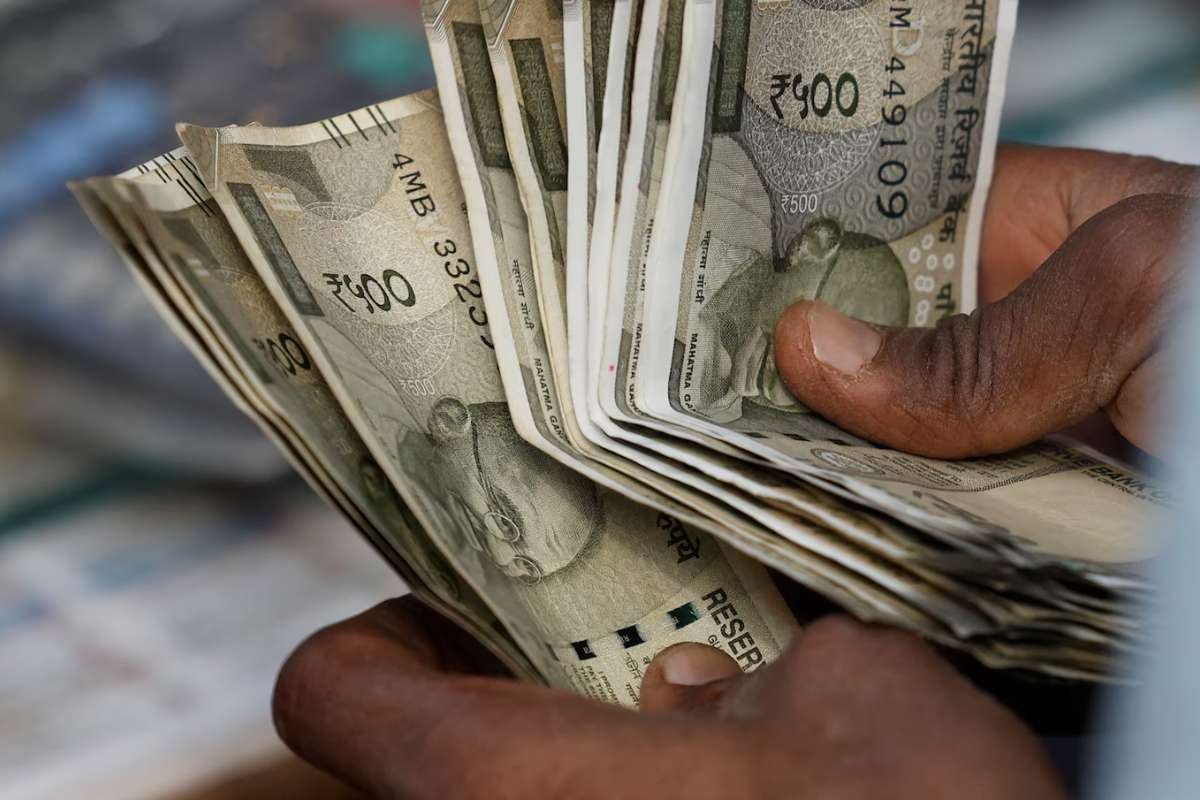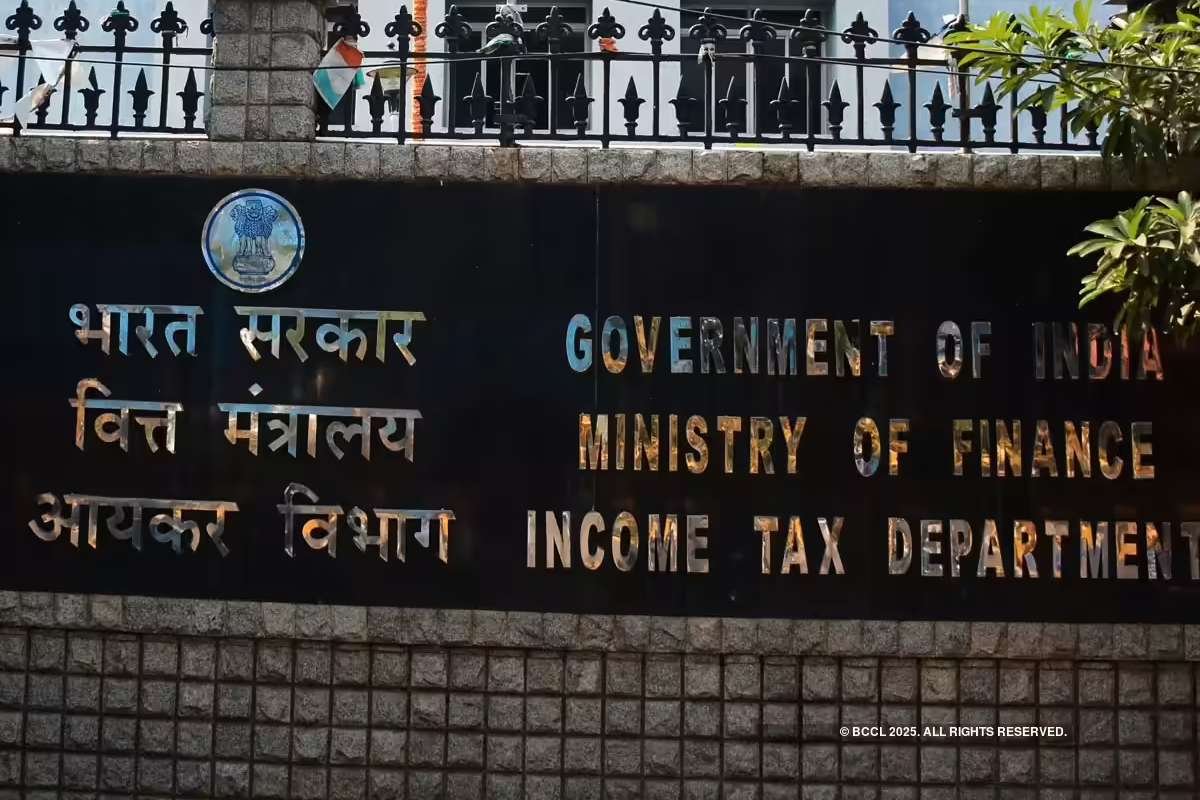Key Points:
- Rupee at Record Low – Closed at 88.44/$ on tariff, outflow, and export pressures.
- Policy Moves – Govt tax cuts, trade talks; RBI curbs volatility.
- Weak Outlook – Importer demand, low inflows, and tariffs keep pressure.
The Indian rupee fell to an all-time low against the U.S. dollar on Thursday, underscoring persistent pressure from higher U.S. duties and continued foreign capital outflows.
The Indian rupee closed at 88.44 per dollar, a 0.39% decline from its previous close of 88.10. Earlier, it touched 88.36, breaking past last week’s record. The weakness places the rupee among the most vulnerable Asian currencies, while several regional peers have steadied on expectations of a Federal Reserve rate cut next week.
Foreign investors have withdrawn an estimated $11.7 billion from India’s equity and debt markets so far this year, citing reduced growth visibility and trade-related uncertainty. The trend has weighed heavily on investor confidence and kept the currency under sustained selling pressure.
Policy Measures and Central Bank Intervention
Authorities have introduced cuts to consumption taxes in an effort to stimulate domestic demand and counter slowing momentum. Bilateral trade discussions are also expected to resume in the coming months to address tariff and market access issues.
The Reserve Bank of India (RBI) has intervened frequently to smooth volatility, with traders noting dollar sales designed to limit sharp fluctuations. The interventions, according to market participants, are aimed at ensuring orderly moves rather than defending a specific exchange rate.
Exporters face uncertainty over new order flows, while importers have been hedging foreign exchange exposure more aggressively, altering the supply-demand balance in the market.
Near-Term Outlook Remains Cautious
Market analysts expect continued fragility in the Indian rupee. “While importer dollar demand is persistent, exporter flows and foreign portfolio flows remain muted, which is leading to pressure on the rupee,” said Dilip Parmar, foreign exchange research analyst at HDFC Securities. He anticipates a brief consolidation before the USD/INR pair potentially moves higher.
Abhishek Goenka, founder and CEO of IFA Global, noted that tariff effects are hitting labor-intensive sectors and clouding the trade outlook. “Weakness is likely to continue in the near term,” he said.
On Thursday, most Asian currencies edged lower, while the U.S. dollar index rose modestly ahead of key U.S. inflation data due later in the day. The figures are expected to guide the Federal Reserve’s upcoming policy decision, which could influence global capital flows and further shape the Indian rupee’s trajectory.
For now, India’s currency remains under pressure from foreign withdrawals, trade uncertainty, and shifting global monetary conditions. Market participants say sustained stability will depend on both external factors and the pace of policy adjustments at home.
Visit Business Viewpoint Magazine For The Most Recent Information.






